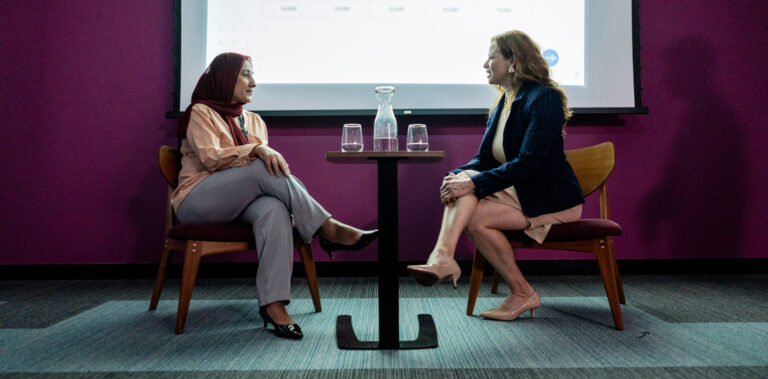Cut it out

It was a typical Friday night in lockdown. I was somewhere deep within the Netflix library, eyes glazed over, scrolling my way into a hypnotic trance even Paul McKenna would struggle to induce.
Suddenly, The Hobbit came into view. Eight years late to the party but better late than never, I thought, and I was in the mood to take on a dragon. But three hours later and just as the dragon was waking up, the credits began to roll. Surely not? I’ve heard of ‘open endings’ but this is ridiculous! I realised too late that it was just the first of three instalments, weighing in across the trilogy at a running time of seven hours and 54 minutes.
The book version on my shelf is just 2cm thick.
On the up
This is one example of a broader inflationary trend in the length of books, films and other content. In fact, one recent survey of books found that the average number of pages had increased from 320 to 400 pages (25%) between 1999 and 2014.
Some argue it reflects greater creativity and mastery of material; some say it’s a natural consequence of the shift to digital formats (there might be a 596-page difference between Hanya Yanagihara’s A Little Life and F. Scott Fitzgerald’s The Great Gatsby but they weigh the same on a Kindle); others blame self-indulgence. It’s even prompted judges of the Man Booker prize to speak out: “We occasionally felt that inside the book we read was a better one – sometimes a thinner one – wildly signalling to be let out,” said their chairman Kwame Anthony Appiah in 2018.
Lack of process
The B2B world is no exception. But here, it’s often a matter of process – or lack thereof.
When creating content, whether written, spoken or visual, we generally recommend a plan:make:edit ratio of 40:30:30. As ‘insiders’, clients often know too much; planning filters and focuses this wealth of information and ideas (and also saves time at the next stage). Taking a step back at the end to edit and fine-tune ensures that the final output delivers the intended message and resonates with target audience groups.
But theory differs from practice. And, as our coaches, writers, creative teams and project managers will all testify, in the race to create content and engage with audiences, process is often the first thing to be sacrificed. Communications teams should be wary of this because without it, the ratio often ends up being more like 10:80:10, leading to wasted time and effort and long-winded content that misses the mark.
Red pen
People matter too, of course: ‘auteur’ egos exist in the B2B world, not just in Hollywood. We’re all guilty of a certain reticence to censor our own words and ideas, even if they don’t add much value. But the audience’s time is precious. Their attention needs to be earned, not assumed – especially if your last name isn’t Jackson, Scorcese or Tarantino. And, like it or not, they increasingly digest content in shorter, more concise forms. That means killing our darlings and finding ways to tell engaging corporate stories with fewer words, more creativity and less ego.
If you’d like to discuss ways in which Bladonmore can help you tell your organisation’s story, please get in touch.
Share article


